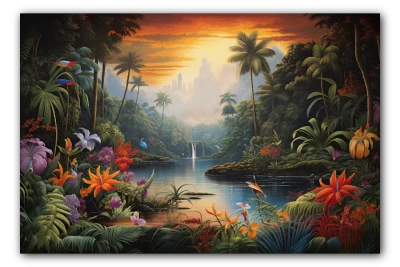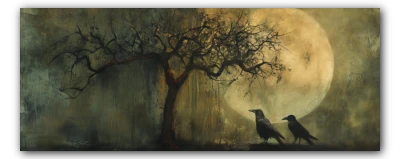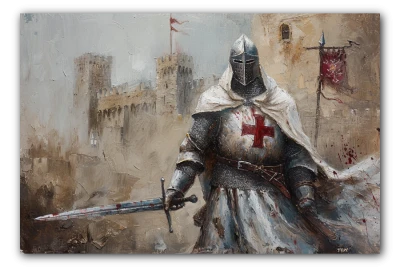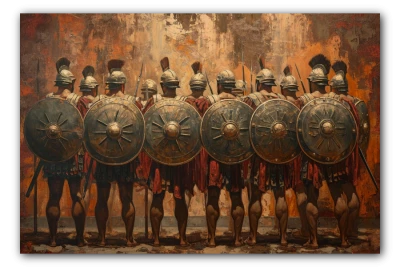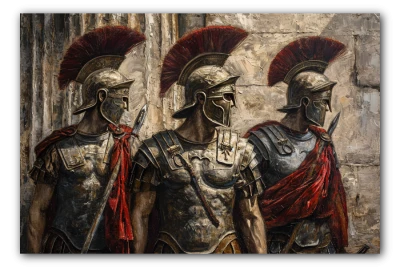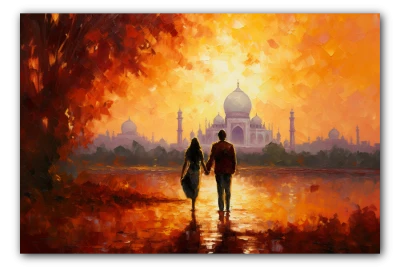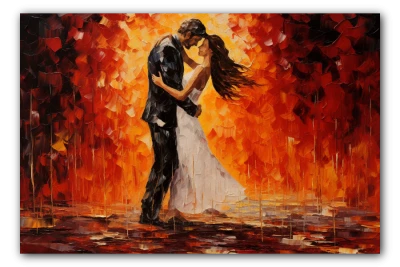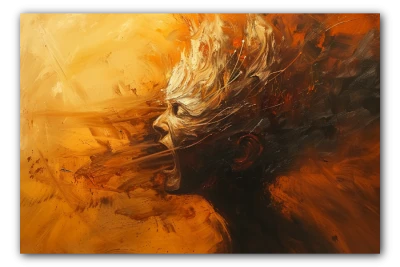Romanticism
Exploring the Heart of Artistic Romanticism
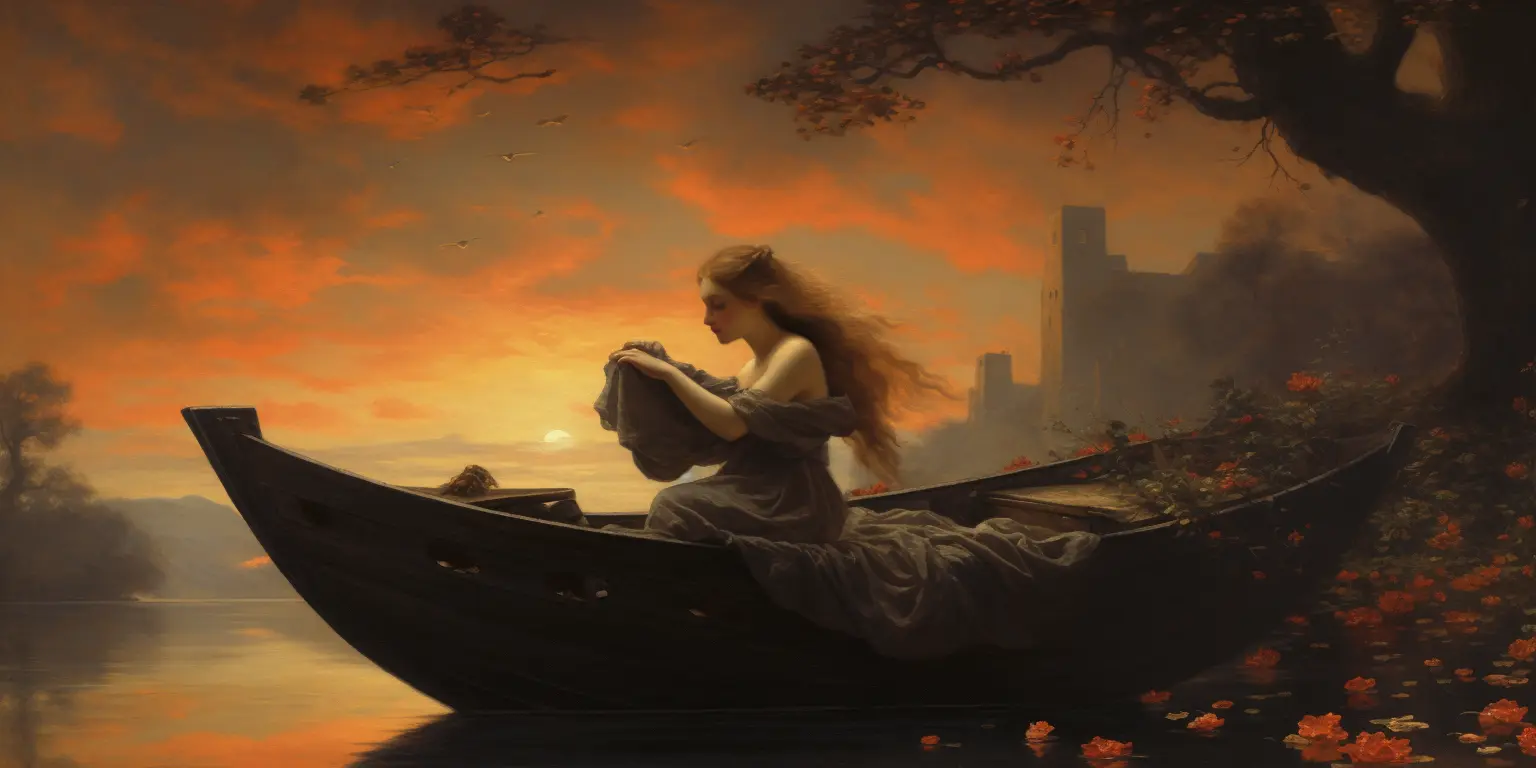

The Romanticism: A Journey Through Its Hearts and Brushes
Romanticism was a cultural movement that emerged in Europe at the end of the 18th century and extended until the mid-19th century. It was born as a reaction to the rationalism of the Enlightenment and classicism, promoting instead the expression of emotions, individuality, and the exaltation of the sublime and the exotic. This trend encompassed various artistic expressions such as literature, painting, music, and sculpture, establishing a new paradigm in the perception and creation of art.
Characteristics of Romanticism
Romanticism is characterized by a series of distinctive elements, including:
- The exaltation of feelings: Romantic artists prioritize the expression of intense and subjective emotions.
- Nature: Represented in its pure and majestic state, often reflecting the artist's moods.
- Individualism: The uniqueness of the human being and their inner world are celebrated.
- The sublime and the exotic: A quest for the imposing, the mysterious, and the unknown, often through dramatic landscapes and scenes.
- Fascination with history and the medieval: An interest in the past, especially the Middle Ages and the Renaissance.
Technical Details
Technically, romantic artists employed a bold use of color and brushstroke, seeking to intensify the emotions and atmosphere of their works. Light and shadow play a crucial role, further dramatizing the scenes depicted. In painting, there is a tendency towards free composition, in contrast to the rigid classical structures.
Influential Painters and Paintings
Among the most prominent romantic painters are:
- Francisco de Goya (1746-1828): Considered a precursor of the movement, his works "The Nude Maja" and "The Third of May 1808" reflect the emotional depth and social criticism characteristic of Romanticism.
- Caspar David Friedrich (1774-1840): Master of romantic landscape, works such as "Wanderer above the Sea of Fog" and "Abbey in the Oakwood" are emblematic of the movement.
- Eugène Delacroix (1798-1863): His vibrant works, such as "Liberty Leading the People" and "The Death of Sardanapalus," stand out for their emotional intensity and colorful technique.








